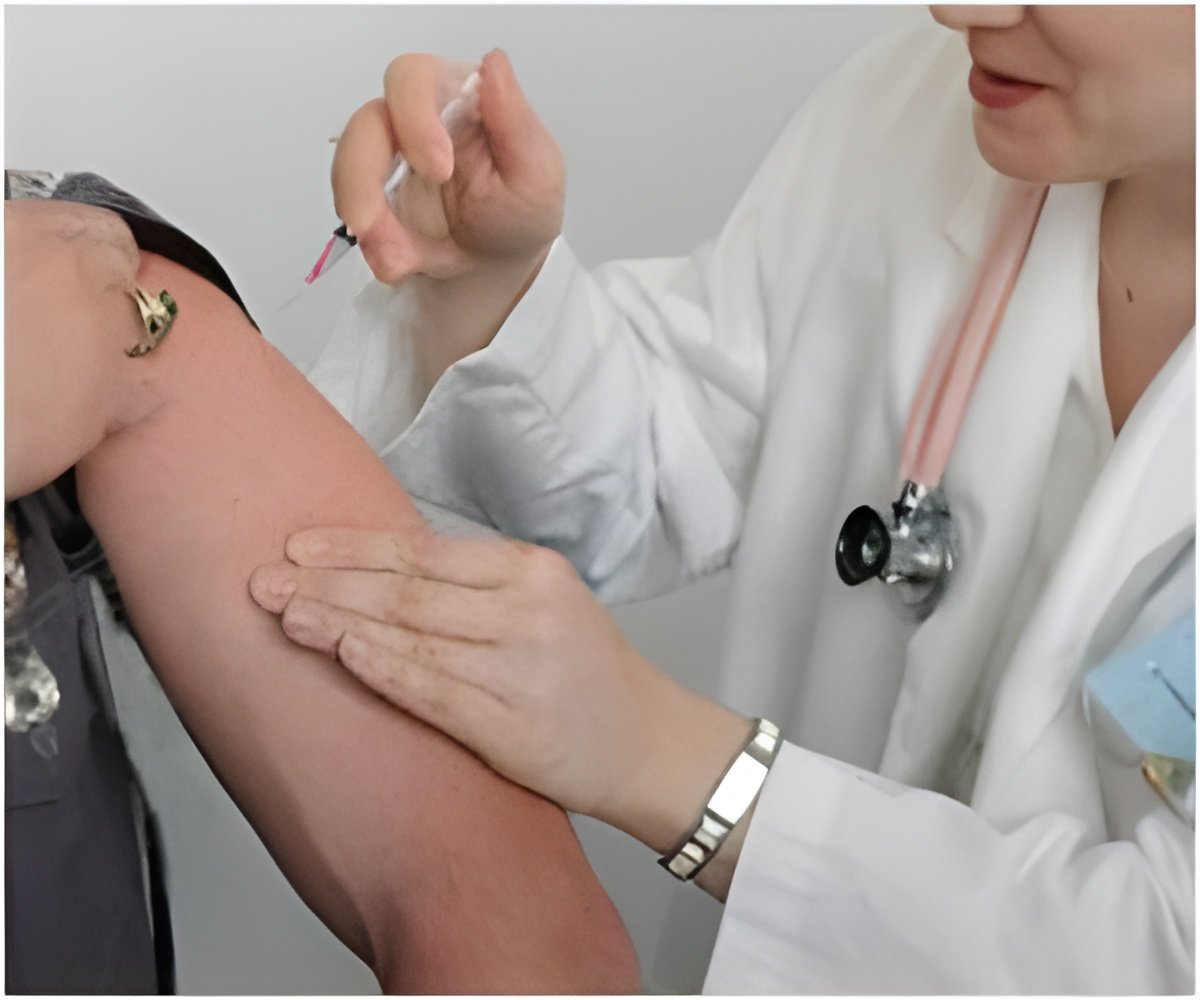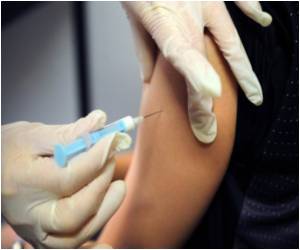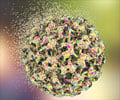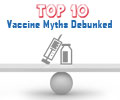Quadrivalent HPV vaccine was found to prevent infection with HPV-6, 11, 16, and 18 and the development of related external genital lesions in males 16 to 26 years of age.

There are over 100 types of papillomaviruses (HPVs) that infect humans. The most common types that infect the anogenital tract are HPV types 6, 11, 16, and 18 (HPV-6, HPV-11, HPV-16, and HPV-18). The quadrivalent vaccine is active against these four types.
Quadrivalent HPV vaccine was found to prevent infection with HPV-6, 11, 16, and 18 and the development of related external genital lesions in males 16 to 26 years of age. This result of the randomized controlled trial favors prophylactic administration of HPV vaccine. 36 external genital lesions were seen in the vaccine group as compared with 89 in the placebo group.
The rates of adverse events in studies were low among boys and men. This may be due to greater muscle mass at the injection site, a reluctance to report events perceived as minor, or both.
The limitations of the trial include the narrow age range of the subjects and the relatively short follow-up period. More extensive studies are hence solicited.
Reference: the New England Journal of Medicine.
Source-Medindia.















